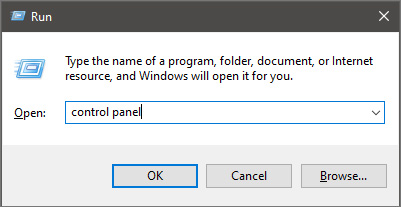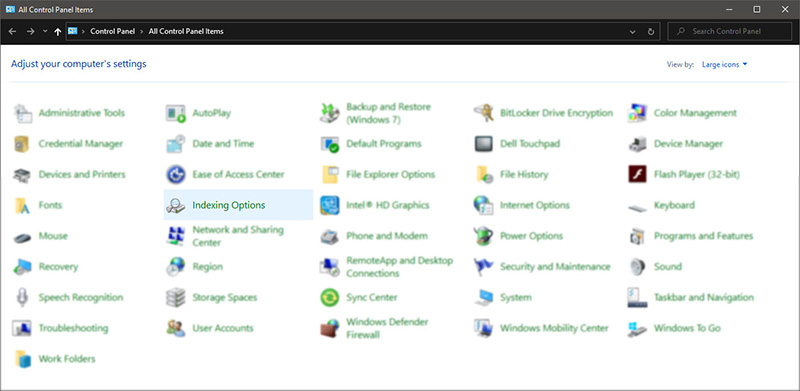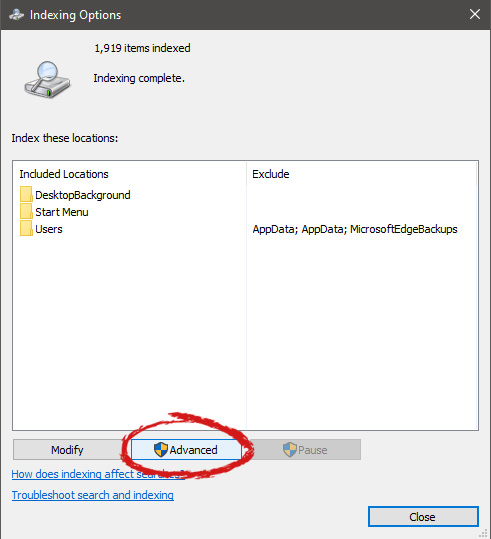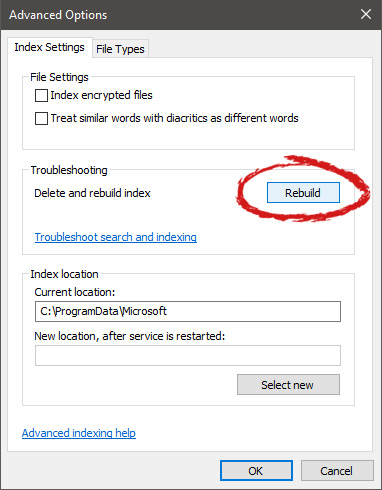Error Code 0x8007007b – What is it?
This error code occurs when users fail to activate their Windows operating system. It is one of the more popular Windows error codes since it affects many versions of Windows including Windows 7, Windows 8.1, and Windows 10. Error code 0x8007007b has common symptoms which include the following:
- Inability to activate a Windows installation
- Message box highlighting error code 0x8007007b
Solution
 Error Causes
Error Causes
Error code 0x8007007b in Windows 8.1 usually results due to one or more main clauses. Windows 8.1 users may experience this error due to the use of volume-licensed media. The error code may also arise if the activation wizard is unable to connect to Key Management Service (KMS) host computer or if corrupted system files are present on your computer.
Further Information and Manual Repair
Windows error codes such as Error code 0x8007007b can be a complicated issue, requiring the use of technical knowledge and skills. For this reason, we have listed instructions in the simplest of forms to enable even average users to successfully complete manual repair methods that will resolve error code 0x8007007b.
The same approach has been applied to all our error code solutions. See also Error Code 0x00000024 and Error Code 0x80004005.
Below are the two main methods for correcting this issue.
Method One: Use Multiple Activation Key (MAK) to Activate Windows
This method involves the use of a Multiple Activation Key (MAK) instead of the Key Management Service (KMS) to activate the Windows operating system you intend to use on your PC. This manual repair method requires the use of Command Prompt so ensure you follow the instructions provided carefully so as to avoid the risks of causing harm to your system.
- Step one: Select Windows log key + X.
- Step two: Click Command Prompt, then Admin
- Step three: Type in admin password if Command Prompt requests it
- Step four: Type slmgr -ipk followed by the MAK product key. Note that the product key should have 25 characters with dashes between them like this xxxxx-xxxxx-xxxxx-xxxxx-xxxxx
Attempt to activate your Windows installation once you’ve completed the exact instructions above. If you are unable to complete this process, consider getting help from a Windows repair technician or simply move to the next manual repair method listed below.
Method Two: Run System File Checker
System File Checker (SFC) enables Windows users to scan and repair errors or corruption on system files. Since such errors within your system files can cause error code 0x8007007b to occur, follow the steps below to fix this error code.
- Step One: Go to Start and type Command Prompt or CMD.
- Step Two: Run as Administrator
- Step Three: Type sfc /scannow with a space between “sfc” and “/scannow”.
The System File Checker tool will begin scanning your machine for corrupted or missing files in need of repair. If these files are found on your system, the tool will repair and replace them. Once this is done, restart your computer then check to see if you can now activate your Windows operating system.
Method Three: Use an Automated Tool
If you wish to always have at your disposal a utility tool to fix these Windows 8 and other related issues when they do arise, download and install a powerful automated tool.
 Error Causes
Error Causes

 Once you are in the control panel, switch your view to large icons and locate Indexing options.
Once you are in the control panel, switch your view to large icons and locate Indexing options.
 Inside indexing options, click on advanced.
Inside indexing options, click on advanced.
 In advanced options click on the rebuild and confirm.
In advanced options click on the rebuild and confirm.
 Leave your computer to finish and your searches should be working fine now.
Leave your computer to finish and your searches should be working fine now. 